Work realized in mid 19th century.
With the discovery of kaolin in Saint-Yrieix in 1768, the manufacture of porcelain augmented in Paris with the creation of many manufactures of hard porcelain. They were put under the patronage of princely personalities as the Count of Provence for the Clignancourt manufacture or the queen Marie-Antoinette for the manufacture of the rue Thiroux and were put under the name “Porcelain de Paris”.
At the 18thcentury, the manufacture of this porcelain was developed in three categories: table pieces, toilet objects and ornament items; in a stylistic evolution which temporally adapted to new tendencies of decorative arts.
Thefloral decordominated the production of the porcelain de Paris, sometimes mixed with fruits and foliage swags. Then, more and more, the subjects were diversified with animals, characters, landscapes, chinoiseries… Coloured backgrounds were sometimes edged with a gilt frieze or were used to highlight a polychrome decor. At last, two other processes were widely used and had a great success: shades and gilt.
If the characteristically decor of the first third of the 19thcentury was the gilt decor on a coloured background on the must rich pieces or fully gilt doubled (interior and exterior of the item), the mid and last century production was industrialized and particularly liked the copy of ancient styles, often mixed between them.
At the same time, if at the beginning of the 19thcentury, manufactures of the porcelain de Paris were very flourishing, from 1820 their number decreased and many provincial manufactures depots were put under the term “porcelain de Paris”. Indeed, the pieces, manufactured in province, were often decorated in Paris, permitting to save this name despite the increase of the production.
A certain confusion is possible ; indeed it also exists an eponymous manufacture namedManufacture of the Porcelain de Parisfounded in 1829 by Jean-Marx Clauss. It had a similar production with stylistic evolutions as the general production of the porcelain de Paris and today yet exists, while its activity is now turned to porcelain watchmaking and jewellery.
Source :
R. de Plinval de Guillebon,Faïence et porcelaine de Paris. XVIIIe -XIXe, 1995, Editions Faton


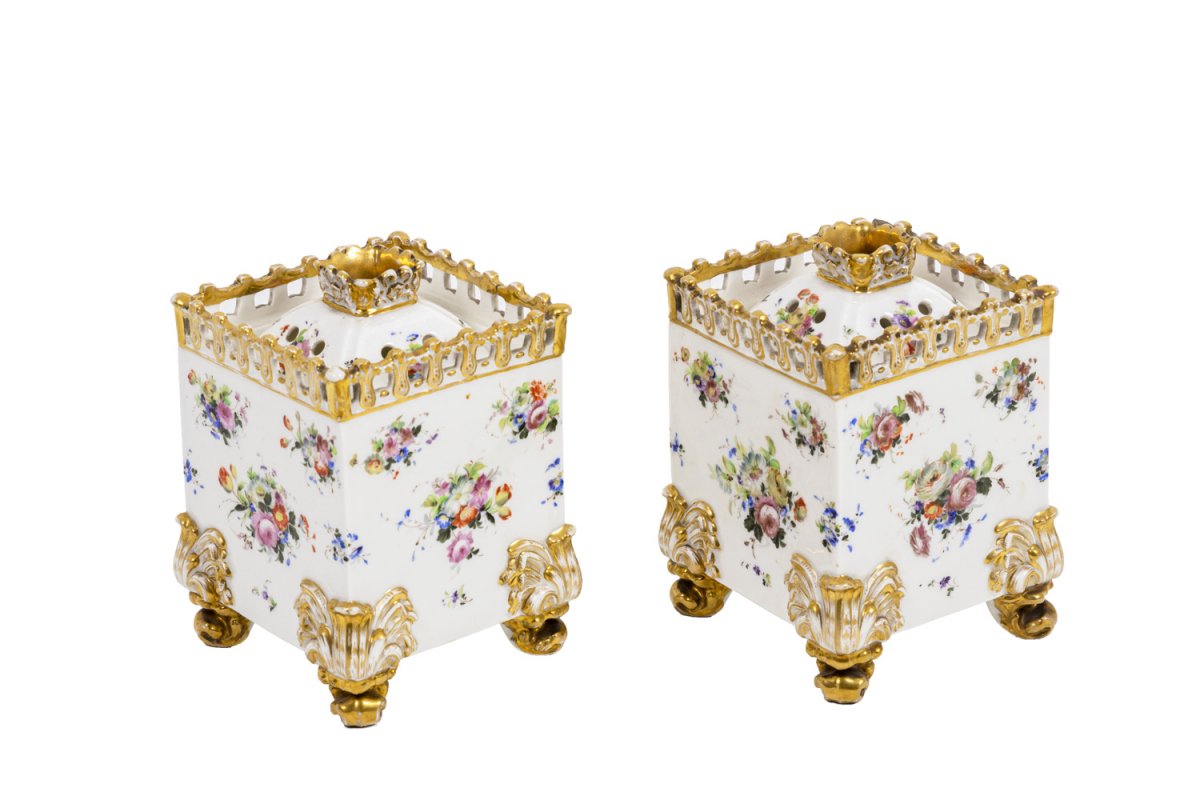
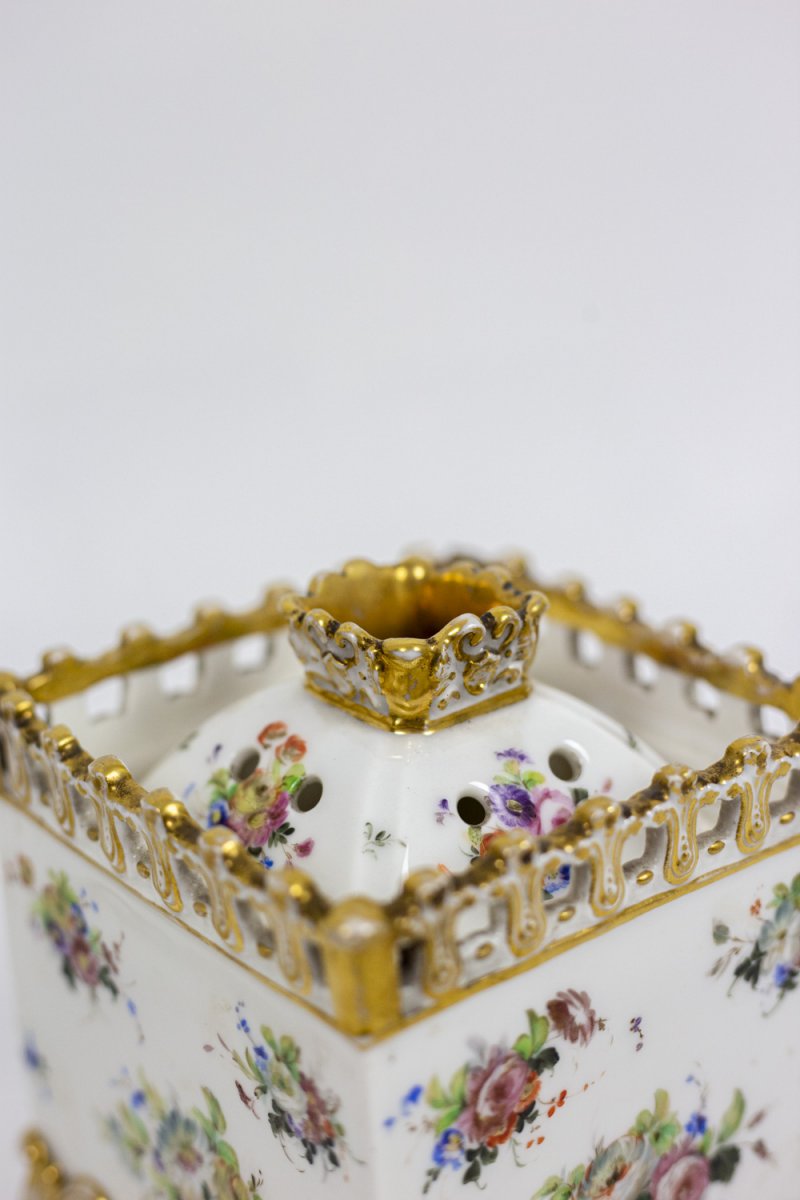

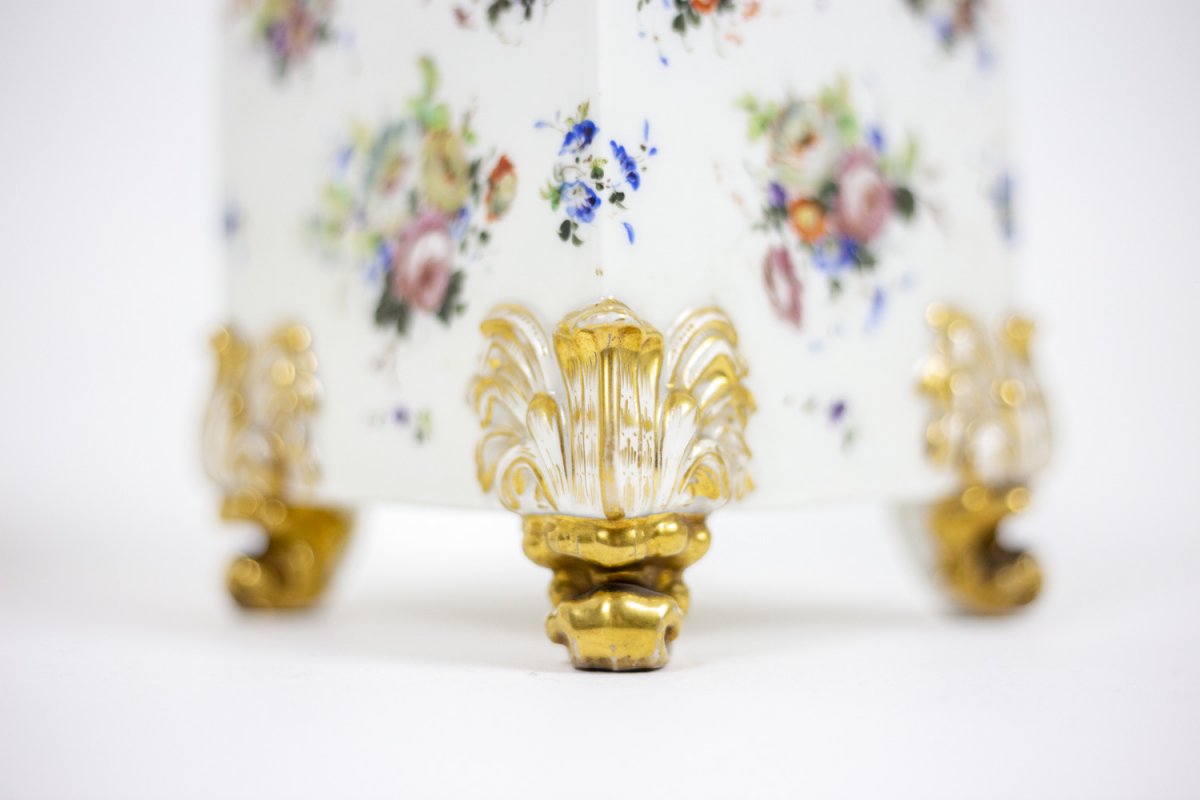
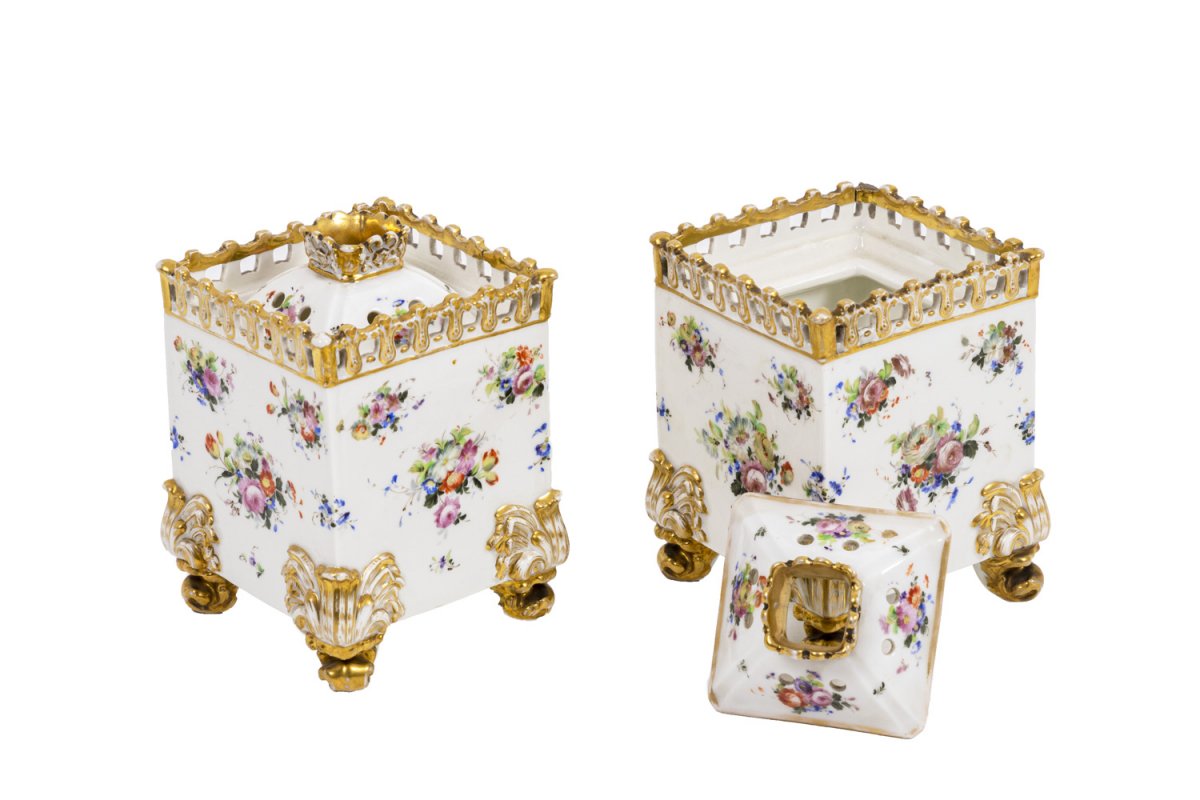









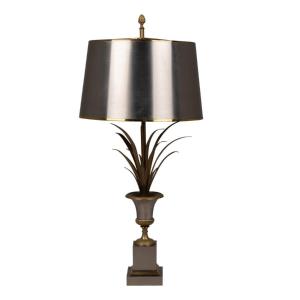

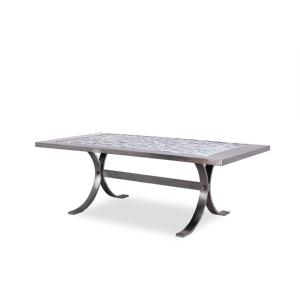

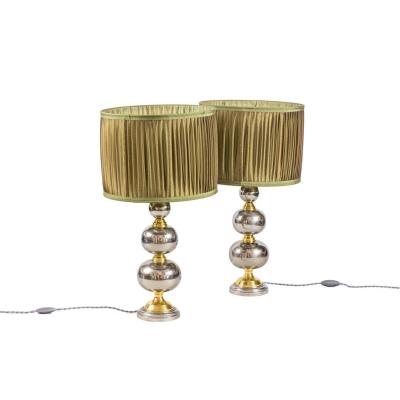


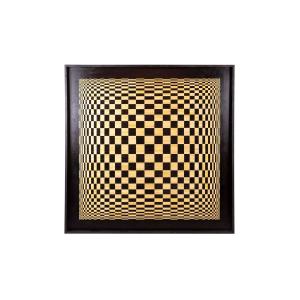
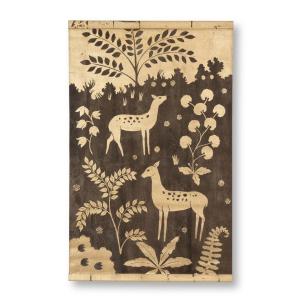

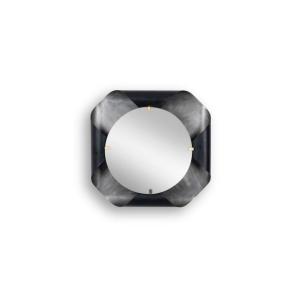
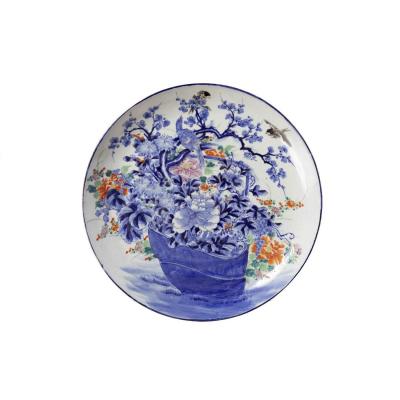


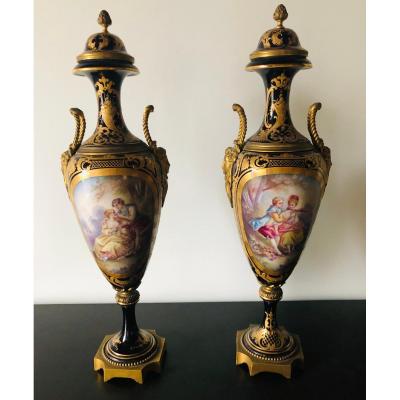

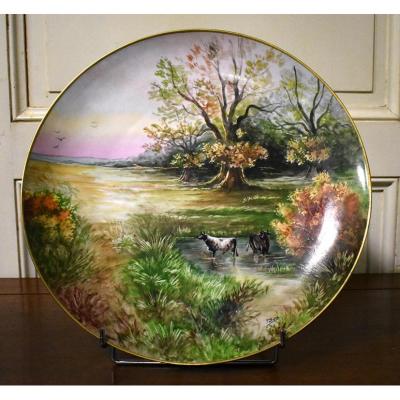



 Le Magazine de PROANTIC
Le Magazine de PROANTIC TRÉSORS Magazine
TRÉSORS Magazine Rivista Artiquariato
Rivista Artiquariato